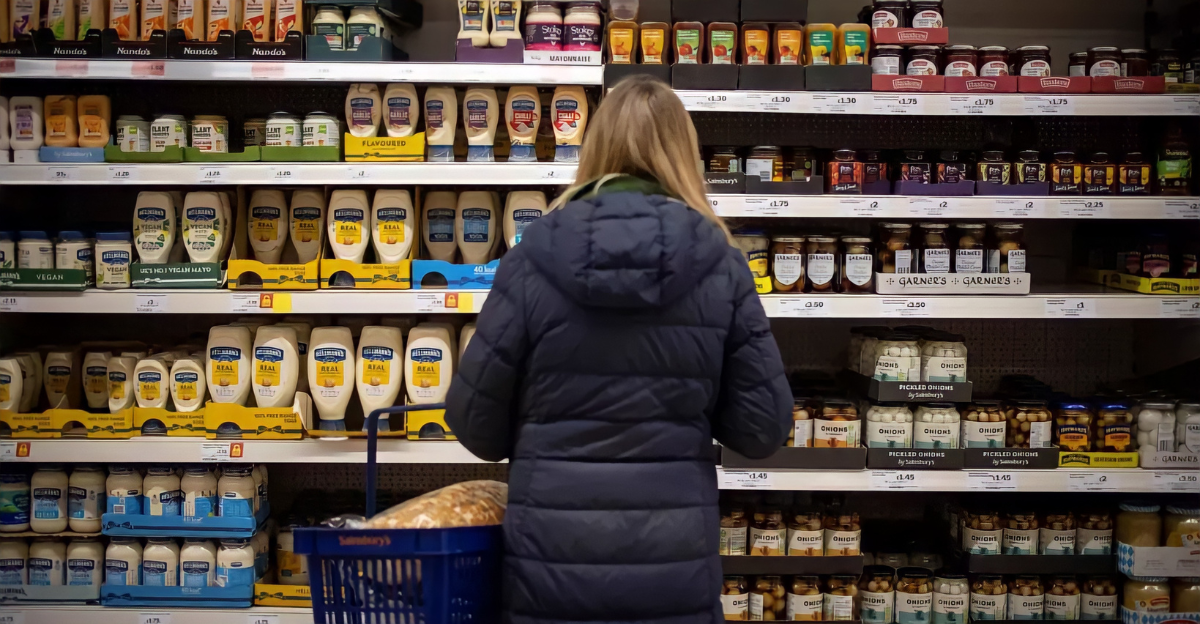
As summer 2025 approaches, something is quietly taking place accross supermarket shelves nationwide. While the inflation wave appears to turn, a few common household items are about to undergo some unsettling price hikes.
Economic experts are seeing trends suggesting certain staples could more than double in price next month. This isn’t about seasonal variances or a nip here and a tuck there; it’s a combination of forces—tariffs, supply chain problems, and global market trends—that have the potential to affect your weekly food budget more than you think.
Knowing what these shifts are early can assist you in riding out the coming tempests and making smarter choices at checkout.
The Hidden Forces Behind Rising Prices
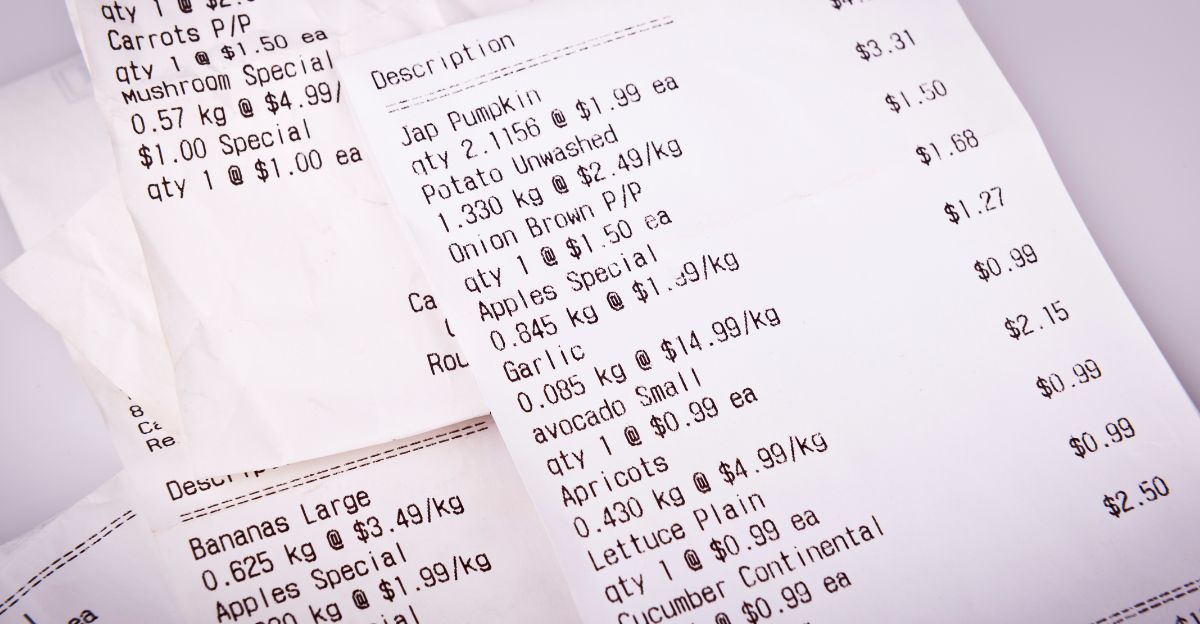
The expected price increases are not random. New policy moves, such as the imposition of additional tariffs on foreign goods, have significantly raised the cost of products that rely heavily on foreign supply chains.
Plus, world factors influencing production and shipping are pushing prices up. These underlying trends are converging to make a likely increase in grocery prices across the country a reality.
Why This Matters to You

For most families, food is a large portion of monthly spending. Sudden price increases on staple items can strain budgets and require adjustments to meal planning and eating habits.
Anticipation of which foods are likely to be higher priced enables people to prepare in advance—by stocking up, swapping out items, or adjusting their diet.
1. Avocados – The Green Gold
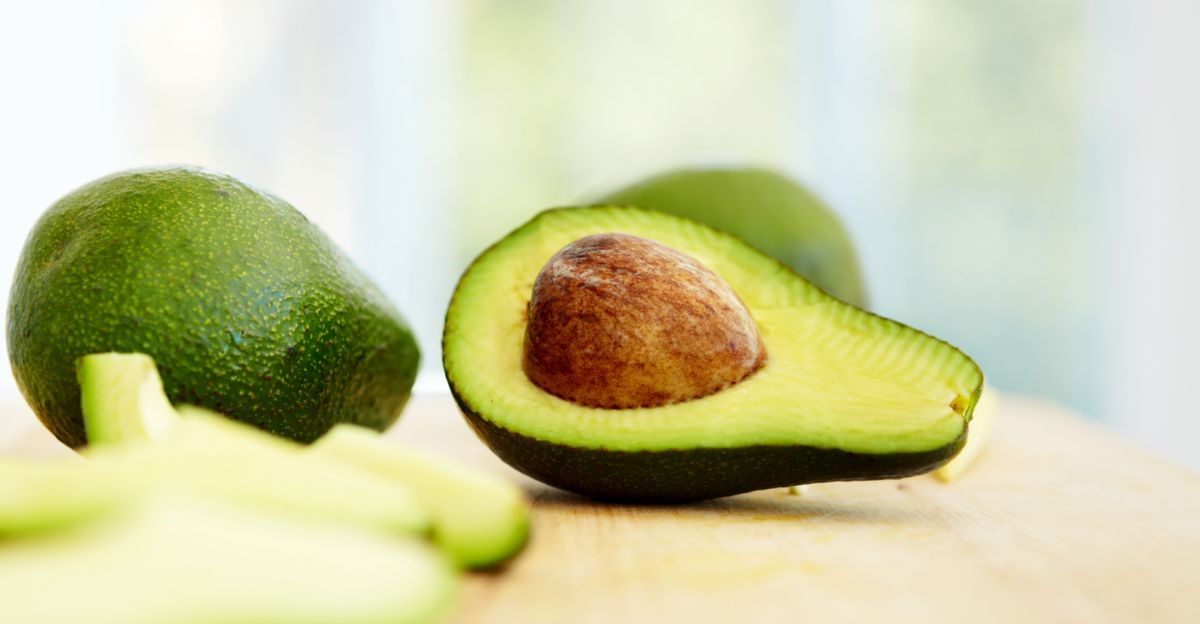
Avocados, the darling of many American homes, are experiencing a dramatic increase in cost. As nearly 90% of avocados sold in the United States are imported from Mexico, current tariffs are largely driving up their price.
Big Hass avocado prices have already risen by more than 75% from January 2024 to January 2025 according to reports. The situation is likely to worsen, and avocados are likely to become a luxury for many buyers.
2. Orange Juice – A Morning Staple Under Pressure

Orange juice, that ubiquitous American breakfast table staple, is experiencing price instability. While Florida was the major source, now almost 80% of orange juice consumed in the U.S. is imported, and 67% comes from Mexico.
Tariffs on these imports are causing prices to increase, and these are also being passed on to consumers. Consequently, the price of orange juice will increase hugely over the next few weeks.
3. Coffee – Brewing Up Higher Costs
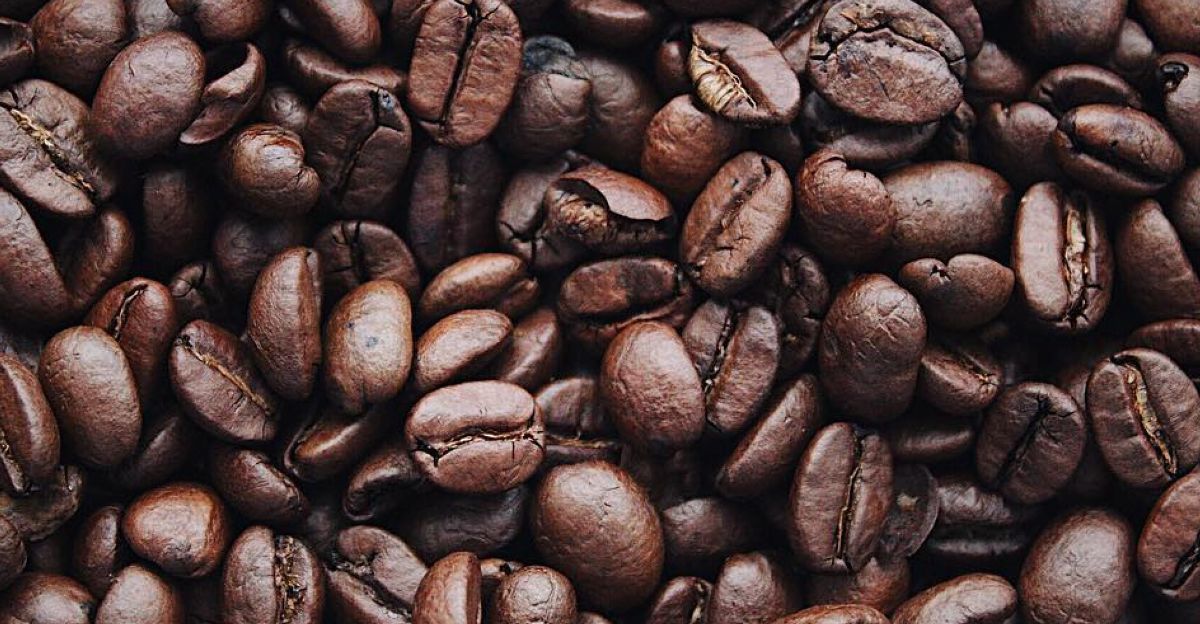
Coffee drinkers will soon feel the pinch. A large part of America’s coffee comes from abroad, and rising tariffs on imported coffee are driving up its cost.
Disruptions to global supply chains and higher demand are also fueling the surge. Consumers need to be ready for a more expensive cup of morning coffee soon.
4. Beef – The Rising Cost of Meat
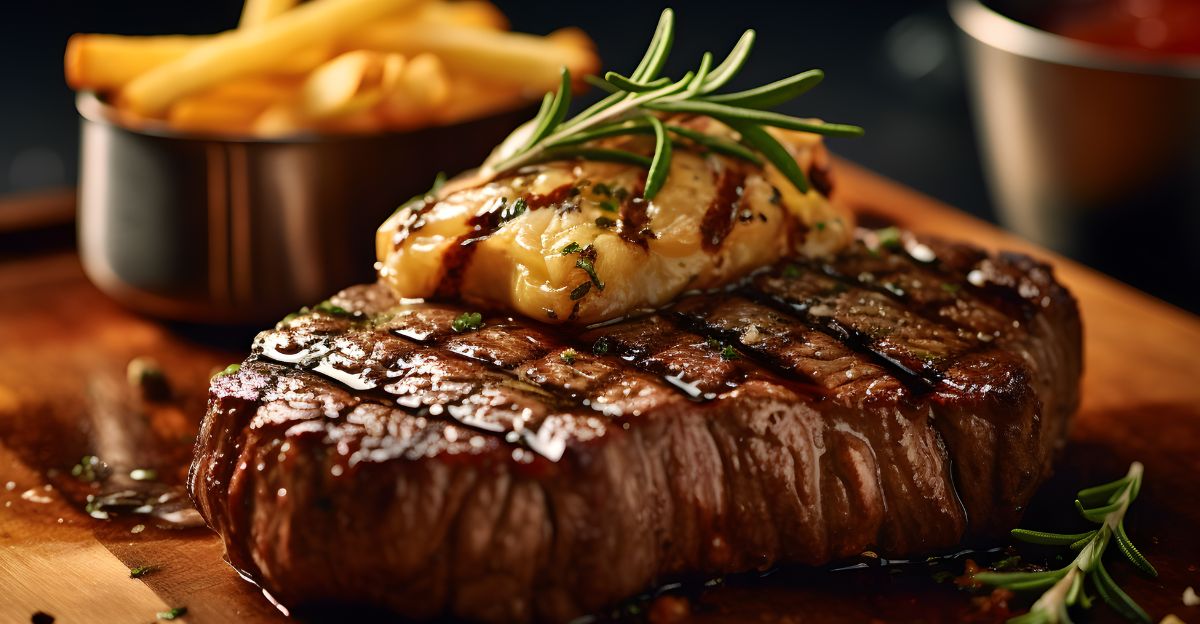
Beef is also becoming more costly due to multiple factors, including tariffs on foreign feed and livestock tariffs, higher production costs, and supply chains.
These factors are coming together to increase the cost of beef products in stores. Customers might need to adapt their shopping behavior or find new protein sources as beef becomes pricier.
5. Cheese – A Dairy Delight Undergoing Inflation
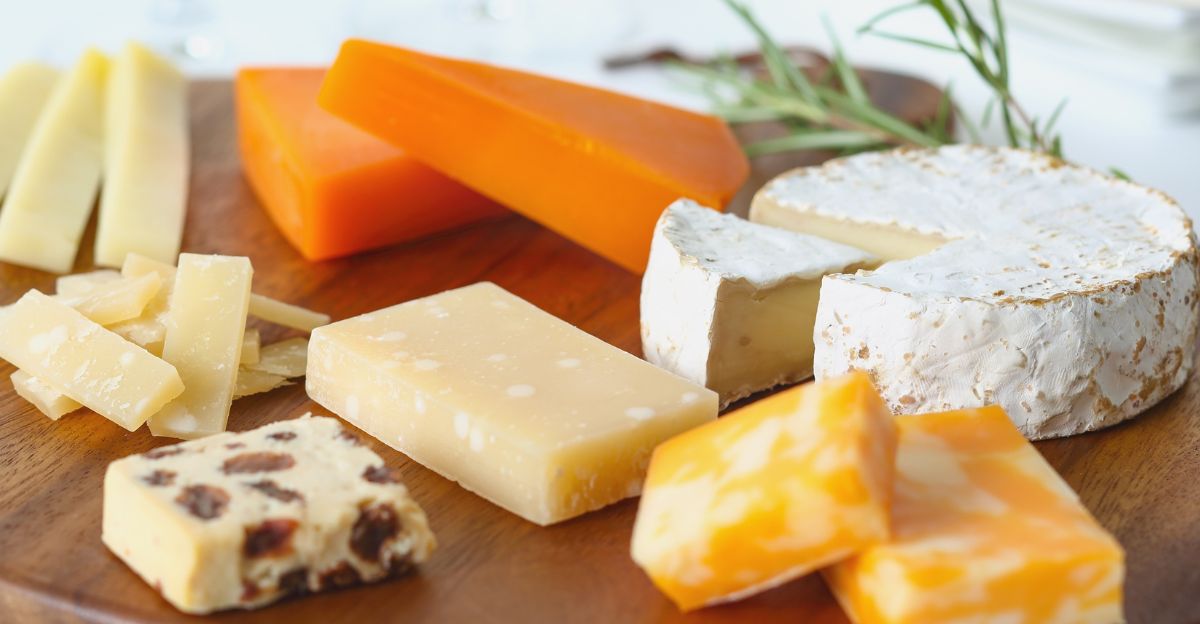
Cheese, a diet staple worldwide, is facing price hikes due to tariffs on imported dairy products and the local cost of production.
These factors are resulting in price hikes for different cheese types, impacting common consumers as well as the food service channel. Consumers will soon notice this change on the shelves of their local grocery store.
6. Chocolate – Sweet Treats Getting Costlier

Chocolate costs (oh no, anything but the chocolate) are increasing, pushed by tariffs imposed on imported cocoa from overseas and logistical challenges elsewhere.
Since most of the cocoa comes from overseas markets, those economic headwinds translate into higher costs for chocolate manufacturers, cascading down to consumers. Brace yourself for higher chocolate bills.
7. Seafood – Ocean Harvests with Higher Price Tags
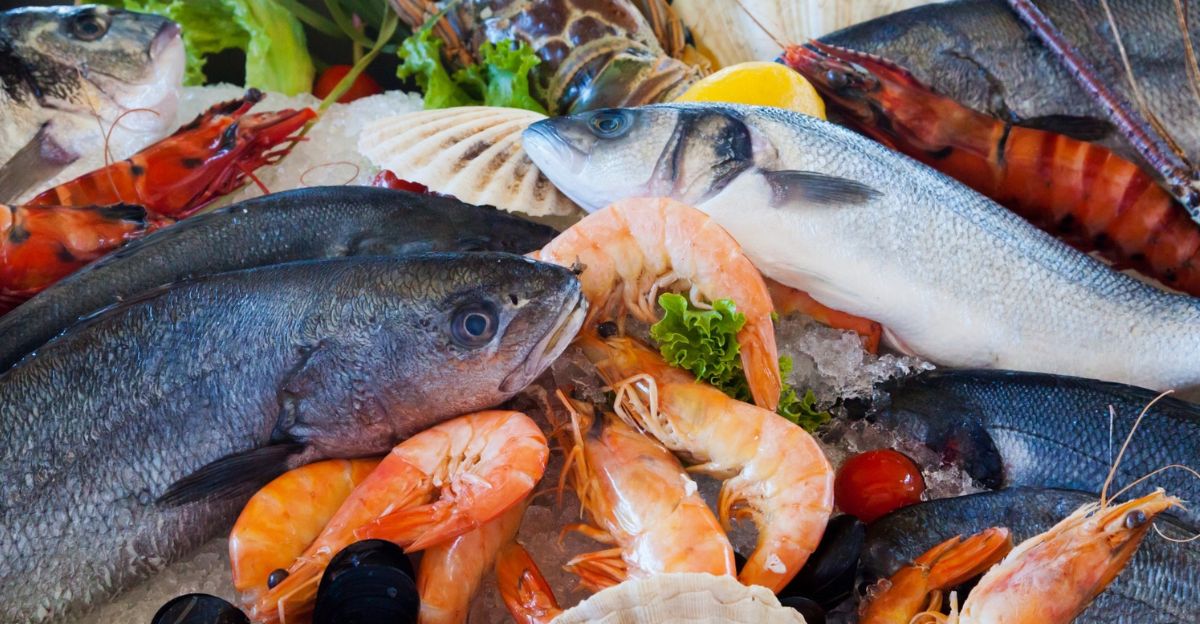
Seafood is becoming more expensive as imported shellfish and fish are taxed, and global fisheries are plagued with problems.
These issues are reducing supply and driving prices up, so seafood costs more for consumers. Those who continue to add seafood to their plates should expect to spend more at the checkout counter.
8. Nuts – Healthy Snacks, Heftier Prices
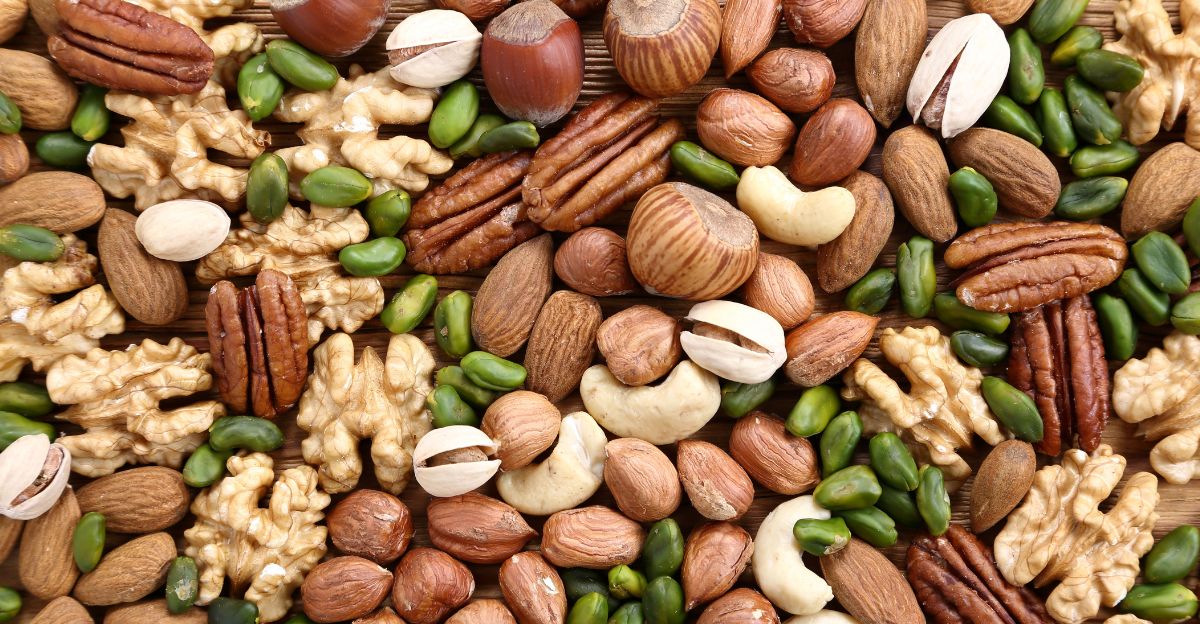
Nuts are becoming more expensive. Tariffs on foreign nuts and increasing demand are raising the cost. This trend affects all nuts from walnuts to almonds and cashews, making them more expensive for health-conscious consumers.
9. Wine – A Toast with a Higher Cost

Wine consumers will see increasing prices because tariffs on wines from well-known regions are being imposed.
These tariffs together with higher transportation and production fees are adding to increased retail prices of different wine products. Consumers might have to adjust their selections or budgets accordingly.
10. Pasta – Pantry Staple Under Pressure
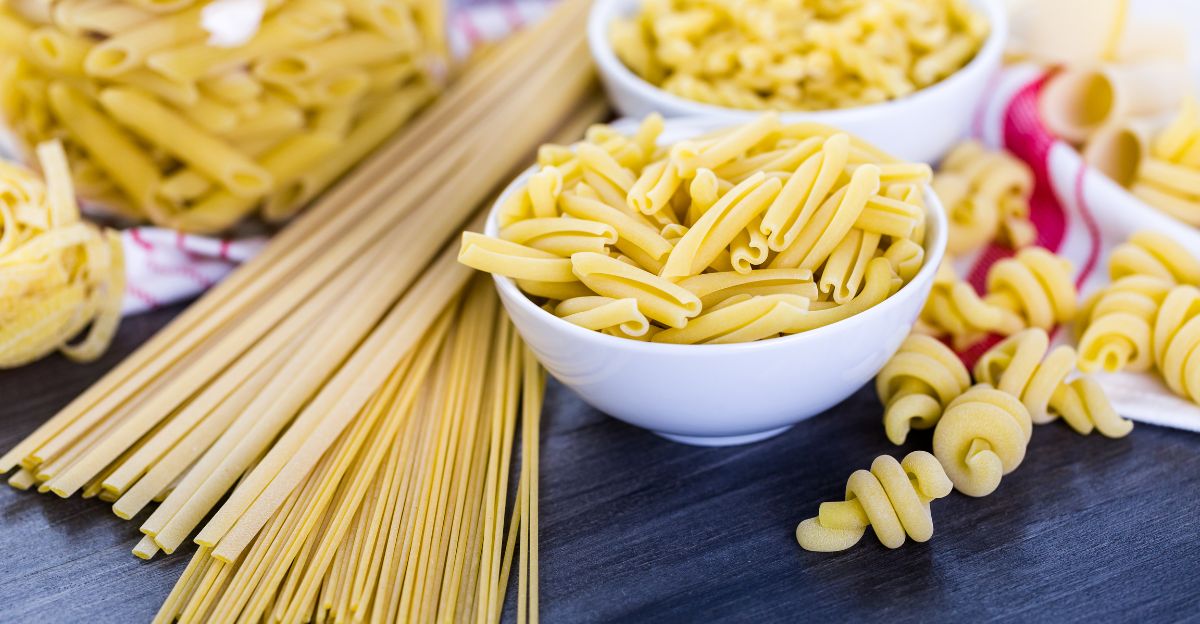
Pasta is a kitchen staple and a go-to for quick and delicious meals. Unfortunately, it is facing price hikes because of rising wheat costs and import tariffs. Global supply chain issues and poor harvests in major wheat-producing regions are driving prices up. Soon enough, families will likely notice their favorite spaghetti and macaroni costing much more, which is why it is wise to stock up on these items now.
11. Olive Oil – Liquid Gold Becoming Pricier
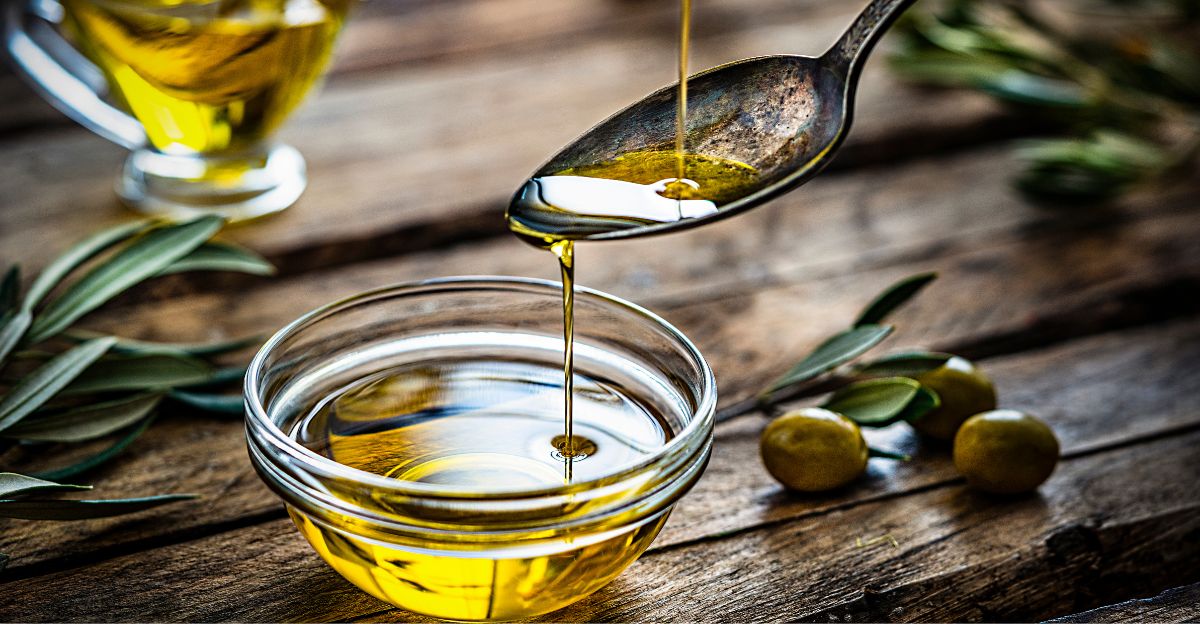
Unfortunately, shoppers can also expect olive oil prices to soar as droughts in Mediterranean countries reduce harvest yields. When combined with higher shipping costs and tariffs, this product is becoming significantly more expensive. Whether you’re using it for cooking or drizzling it over salads, consumers may need to adjust their grocery budgets or try alternative oils to keep meal costs under control.
12. Eggs – Breakfast Basic Breaking Budgets
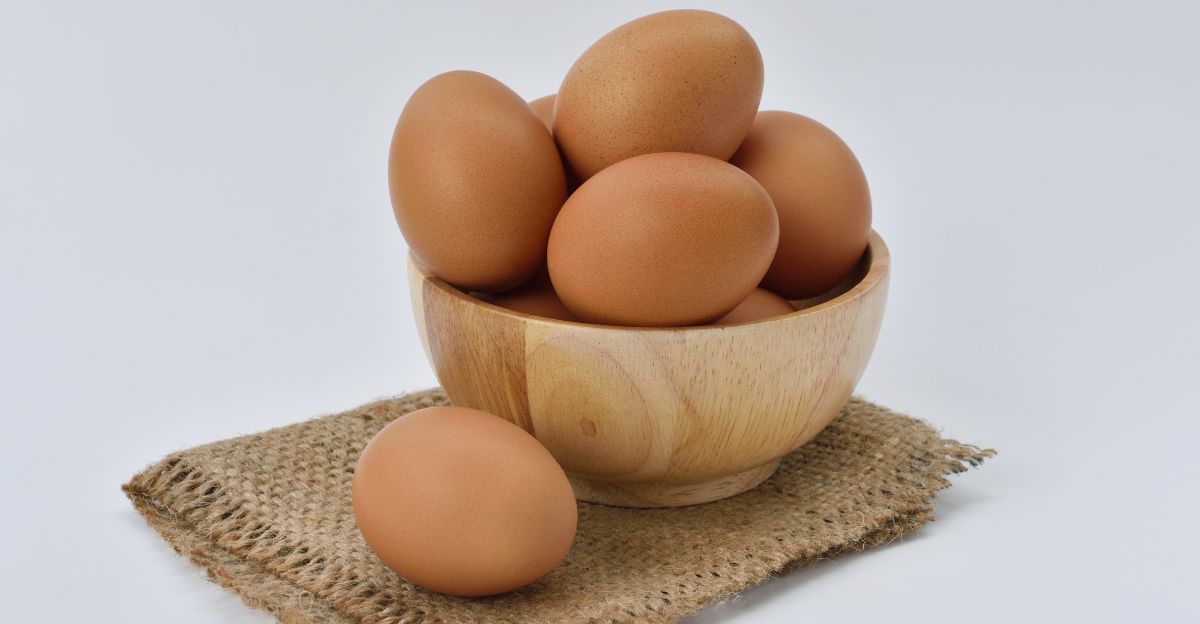
Eggs, which are protein-rich breakfast staples, are also becoming more expensive thanks to higher feed costs and avian flu outbreaks, which have been affecting supply. As farmers face growing production expenses, those costs are being passed on to consumers. You can expect to pay even more for eggs very soon.
13. Rice – Global Demand Drives Up Costs
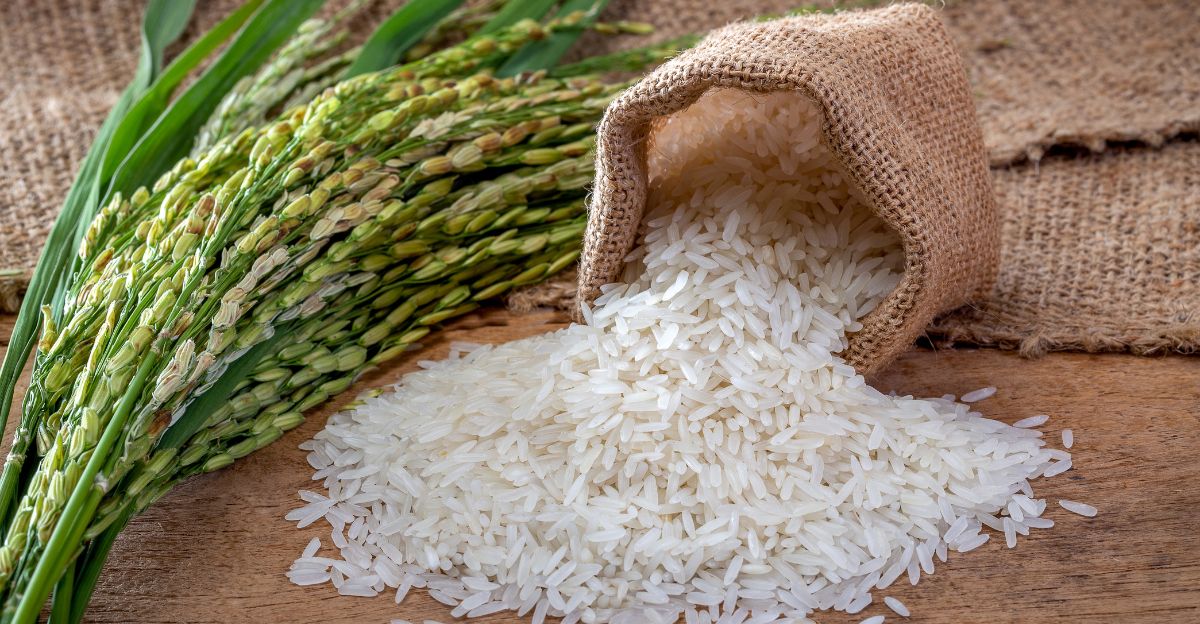
Rice is another pantry staple, which is now also becoming more expensive. This is due to climate issues in major producing countries and export restrictions, which are tightening the global supply. On top of that, tariffs and shipping delays are adding to the cost. Because of this, families who rely on rice as a meal base might have to adjust their shopping habits pretty soon.
14. Peanut Butter – Spreads Getting Costlier
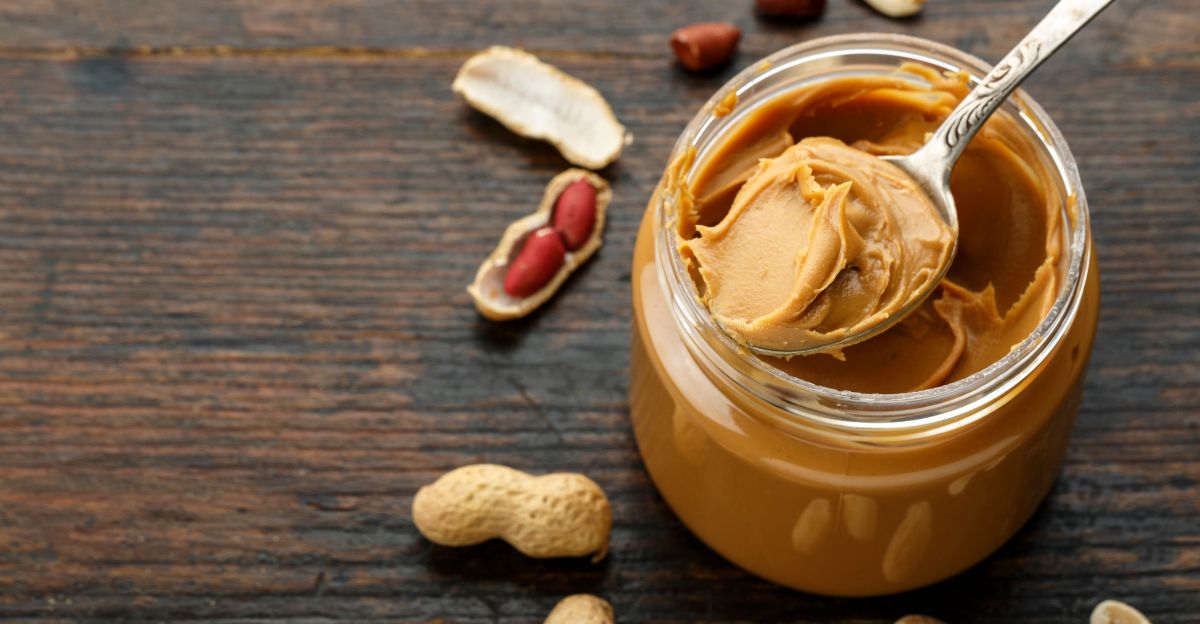
Peanut butter is an iconic spread that has become a lunchbox favorite. However, this product is seeing price increases because of poor peanut harvests and increased production costs. Transportation challenges and higher demand are also contributing factors. As a result, the price of creamy and crunchy varieties is steadily climbing.
15. Frozen Vegetables – Convenience at a Cost
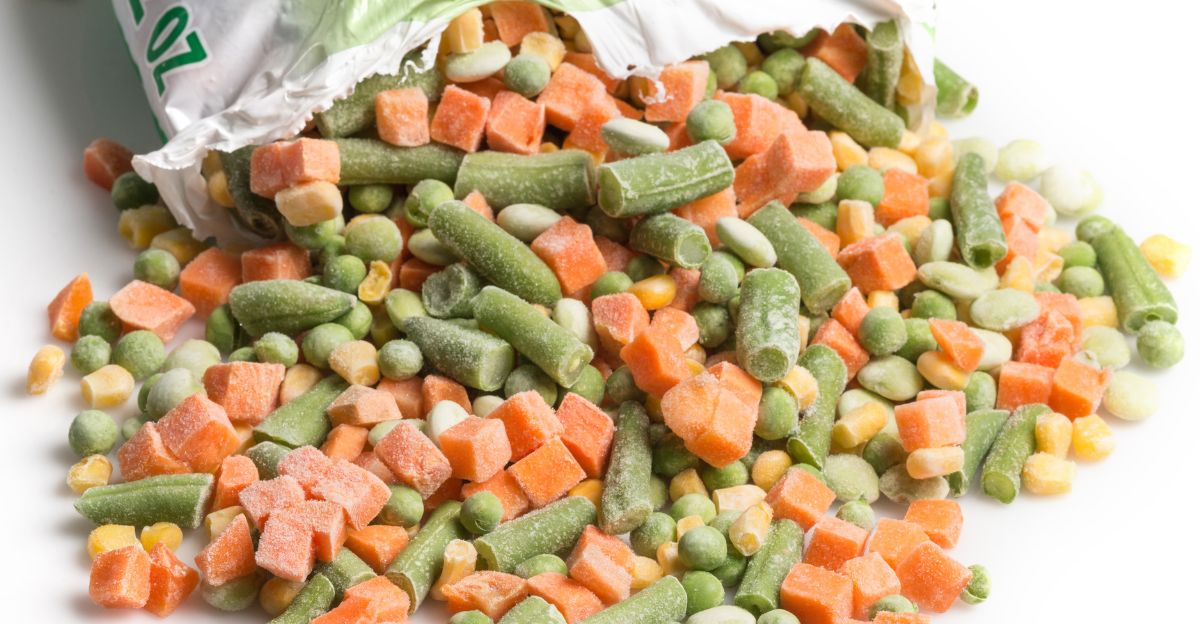
Frozen vegetables are a favorite because of their convenience and long shelf life, but they are not immune to inflation. Unfortunately, the rising energy costs for freezing and storage, along with supply chain disruptions, are pushing prices up. Soon, shoppers might have to pay more for their favorite mixed veggies or single-ingredient packs.
16. Cereal – Breakfast Bowls Breaking the Bank

As manufacturers deal with increased costs for grains, packaging materials, and transportation, cereal prices are expected to increase. These factors affect name-brand and store-brand cereals, making a simple breakfast option more expensive for many families. As a go-to meal for kids and adults, this price increase will likely affect millions of households across the country.
17. Butter – Spreading Thin on Budgets
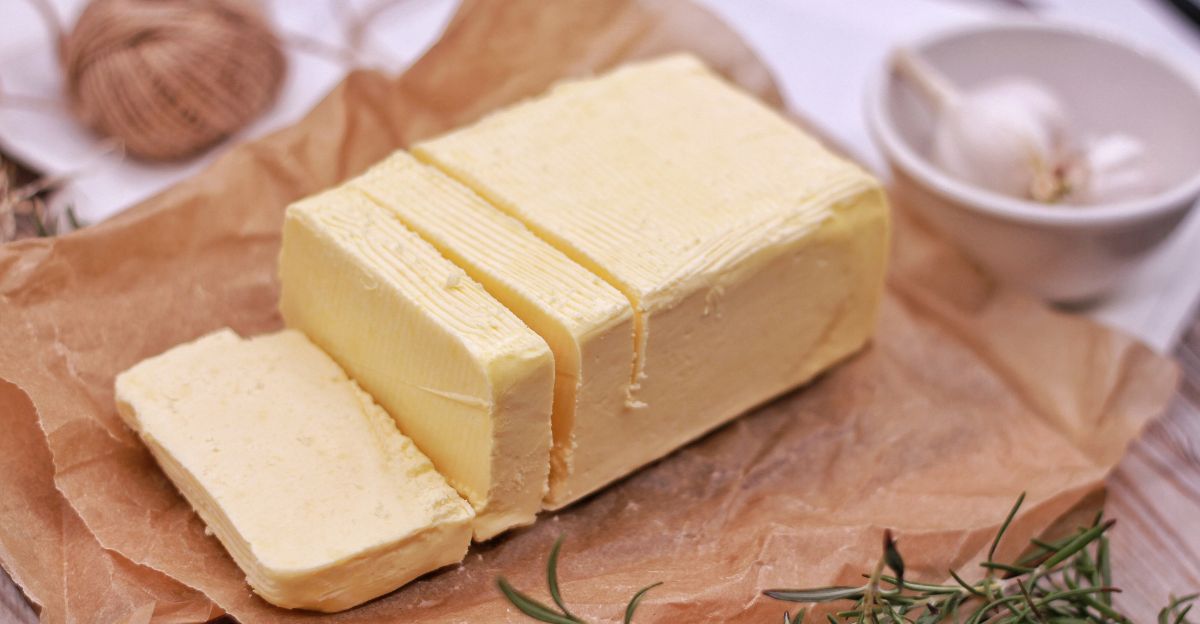
Butter, another kitchen staple, is facing price increases thanks to higher dairy production costs and reduced milk supplies. On top of that, tariffs on imported dairy products are also adding to the pressure, making these products more expensive. Bakers and home cooks will soon notice the impact.
18. Bottled Water – Hydration Costs Rising

Bottled water is an important go-to for people on the go, but it is becoming more expensive because of increased packaging and transportation expenses. Environmental regulations and ongoing supply chain challenges are also contributing to the cost. As prices increase, consumers might turn to filtered tap water or reusable bottles to save money and reduce plastic waste.
19. Flour – Baking Essentials on the Rise
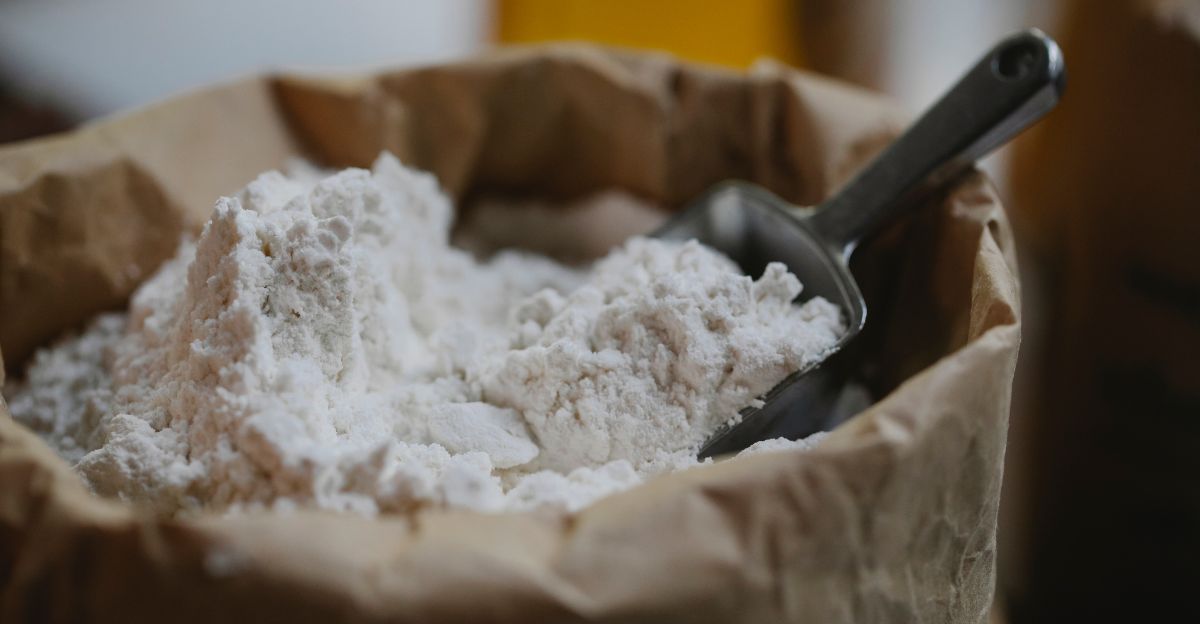
Flour, which is an essential for bakers and cooks all around the world, is also facing price hikes due to poor wheat harvests and increased processing costs. Supply chain disruptions and tariffs on imported grains are also leading to price increases. Home bakers and commercial bakeries will likely feel the pinch.
Strategic Shopping – Adapting to Price Changes
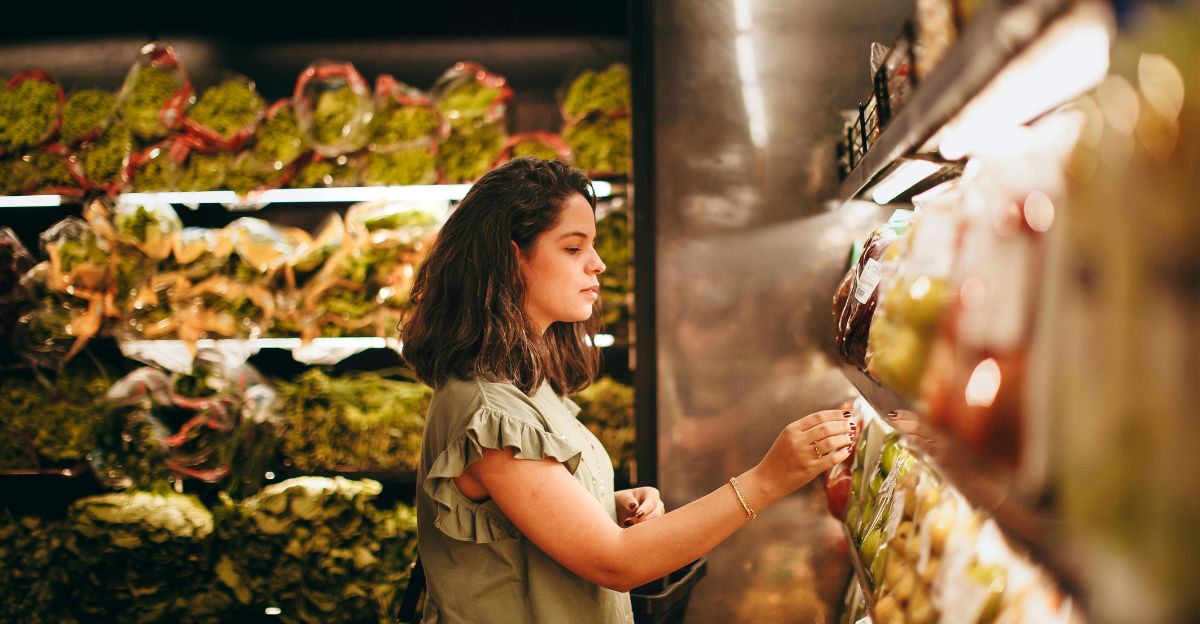
With these expected price hikes, consumers can take steps to manage grocery bills proactively. Measures include bulk buying, seeking alternative products, and staying updated on trends. Creativity and flexibility will be key to navigating the shifting grocery landscape.
Staying Informed – Your Best Defense
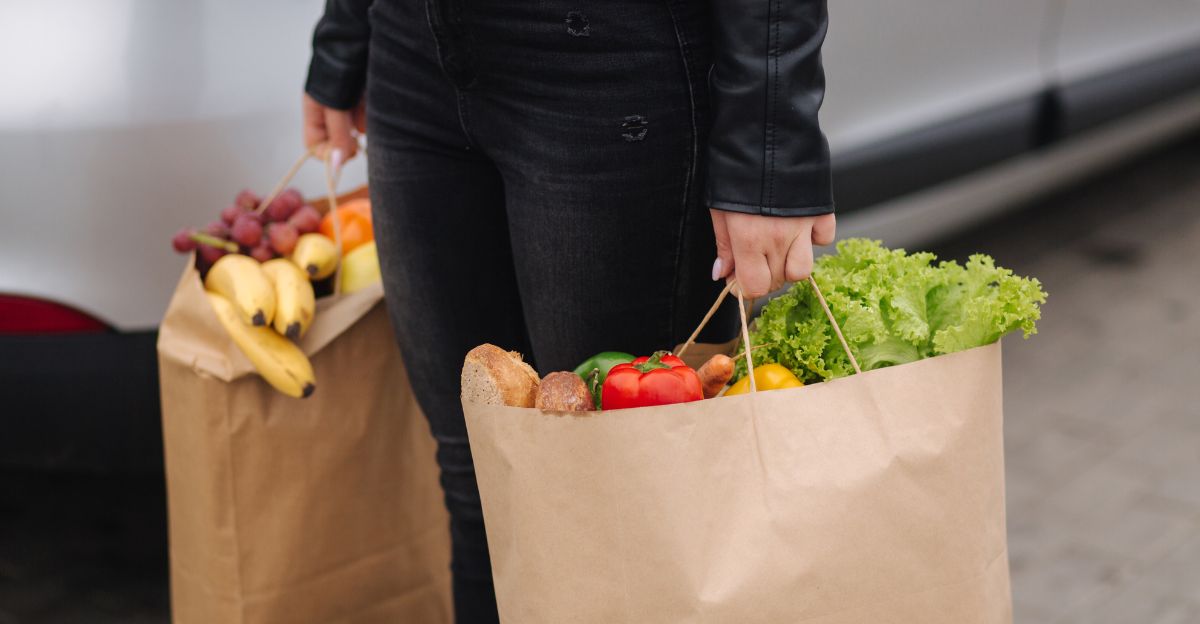
Staying up-to-date with economic patterns, trade measures, and market projections is crucial for consumers to make prudent buying decisions.
Relying on credible news and financial sources can give them solid glimpses into prospective changes in prices, helping shoppers prepare and adjust accordingly.
